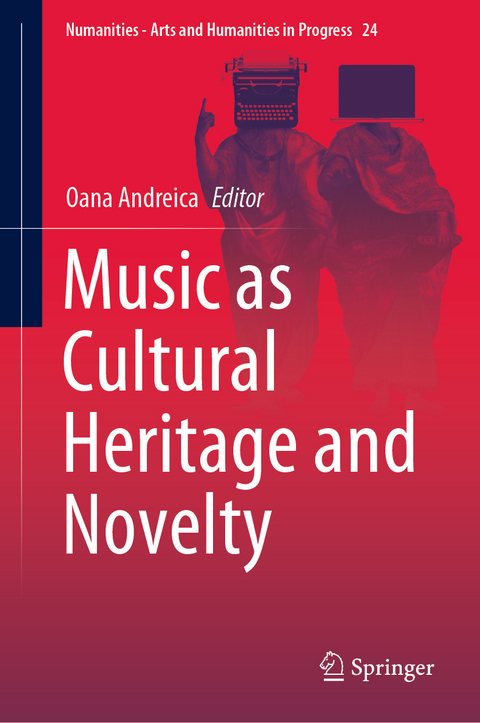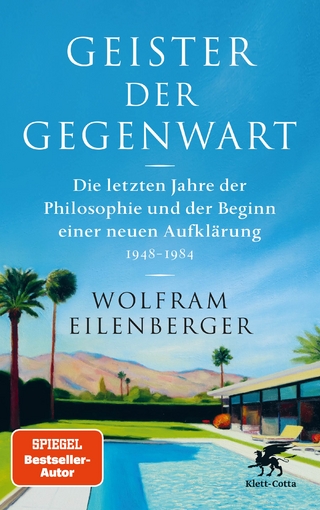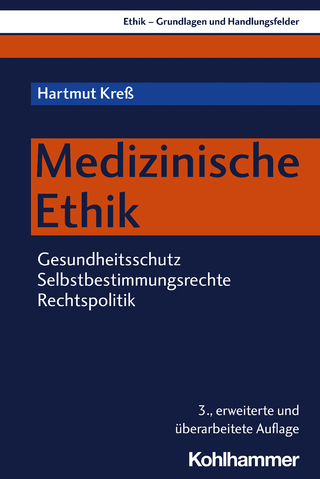
Music as Cultural Heritage and Novelty
Springer International Publishing (Verlag)
978-3-031-11145-7 (ISBN)
Oana Andreica is an associate professor at the Department of Musicology of the "Gheorghe Dima" National Music Academy in Cluj-Napoca, Romania, where she teaches Musicology and Musical Semiotics, as well as musical secretary of the Transylvania State Philharmonic. She was engaged in a postdoctoral project, conducting research on musical semiotics and Costin Miereanu's music. She regularly participates in national and international musicology conferences and her list of publications comprises books, studies, articles, interviews, and chronicles. In 2012, she published the monograph Arta si abis. Cazul Mahler (Art and Abyss. The Mahler Case) and in 2020 the book entitled Ghid (incomplet) de concert [(Uncomplete) Concert Guide]. She is also a co-editor of the volume Readings in Numanities, published by Springer in 2018.
Preface.- Part 1: Chapter 1. What is 'Modern'? How to renew musical heritages or the innovators and reformers of music history (Eero Tarasti).- Chapter 2. Paradigms of European music of the 18th-20th Centuries and Stravinsky's innovations (Konstantin Zenkin).- Chapter 3. Mémoire et invariants dans les oeuvres de la musique occidentale (L'exemple de la berceuse) (Márta Grabócz).- Chapter 4. The heritage prior to killing the radio star: How modern music videos were shaped by their predecessors (Dario Martinelli).- Part 2: Chapter 5. Music and affect: Self, sound embodiment, and the music of Feldman and Xenakis (Paulo C. Chagas).- Chapter 6. Music as ongoing knowledge construction: From sound to meaning (Mark Reybrouck).- Chapter 7. Reconsideration of musical gesture as a musical event in a narrative discourse (Takemi Sosa).- Chapter 8. A 'Humorous' narrative archetype in the music of the viennese classics as a subversive device (Joan Grimalt).- Part 3: Chapter 9. The performer between heritage and novelty: Apects of spatiality in performer's creativity.- (Juha Ojala).- Chapter 10. Adorno's ideas on Stravinsky's neoclassicism meet the pianist's work: Reflecting playing experience with Adorno's key concepts (Eveliina Sumelius-Lindblom).- Part 4: Chapter 11. "Polyphonic personalities". The identity of a modern composer in the self-reflection of György Ligeti and Jonathan Harvey (Ewa Schreiber).- Chapter 12. Active and visual perception of 20th-century music: The mimetic hypothesis of Arnie Cox using the example of Arnold Schoenberg's Chamber Symphony, Op. 9 (Iwona Sowinska-Fruhtrunk).- Chapter 13. Moderate modernism and the socially acceptable paraphrase: Two late works by Serbian composer Stanojlo Rajicic (Milos Bralovic).- Chapter 14. Between tradition and modernity, East and West - Bartók's musicological reception and the narratives of Hungarian identity (Dániel Nagy).- Chapter 15. Forbidden messages. Romanian musician constantin Silvestri in the light of an existential semiotic approach (Elena Boanca).- Part 5: Chapter 16. The Epiphany Feast in Brazil: A semiotic perspective to the analysis of a living liturgic drama tradition (Ricardo Nogueira de Castro Monteiro).- Chapter 17. Song from overseas: Memory and nomadism of Fado (Heloísa de Duarte Valente).- Chapter 18. Uirapuru: The legendary enchanted bird by Heitor Villa-Lobos. An aesthetic confrontation along Stravinsky's Firebird and Sibelius's Tapiola (Rodrigo Felicissimo).
| Erscheinungsdatum | 15.09.2022 |
|---|---|
| Reihe/Serie | Numanities - Arts and Humanities in Progress |
| Zusatzinfo | XI, 422 p. 87 illus., 26 illus. in color. |
| Verlagsort | Cham |
| Sprache | englisch |
| Maße | 155 x 235 mm |
| Gewicht | 811 g |
| Themenwelt | Kunst / Musik / Theater |
| Geisteswissenschaften ► Philosophie ► Allgemeines / Lexika | |
| Sozialwissenschaften | |
| Schlagworte | Muscial Signification and Meaning • musical performance • musicology • narrative strategies • National identities • Negotiating Tradition and Innovation |
| ISBN-10 | 3-031-11145-1 / 3031111451 |
| ISBN-13 | 978-3-031-11145-7 / 9783031111457 |
| Zustand | Neuware |
| Haben Sie eine Frage zum Produkt? |
aus dem Bereich


